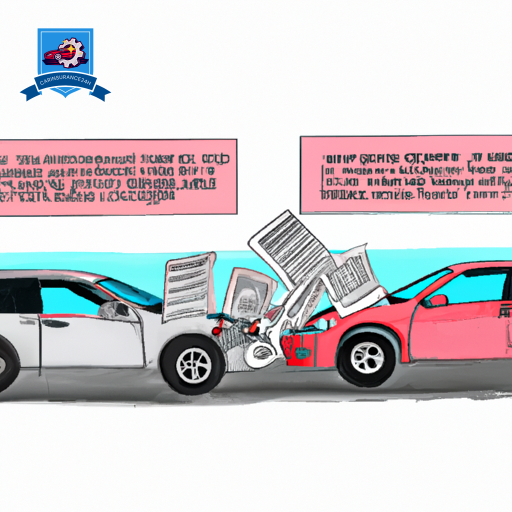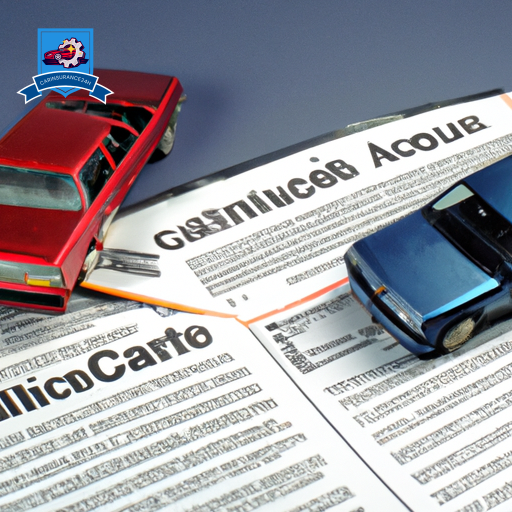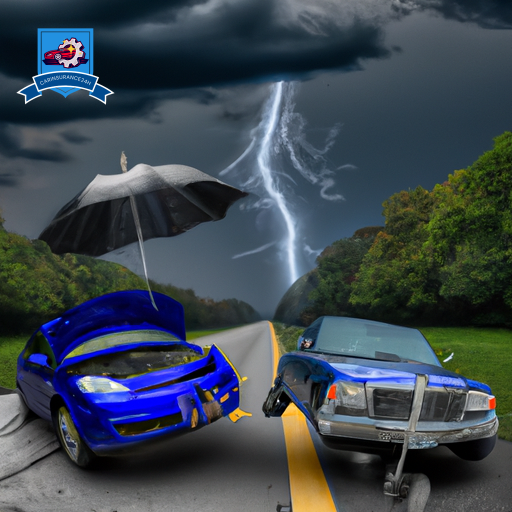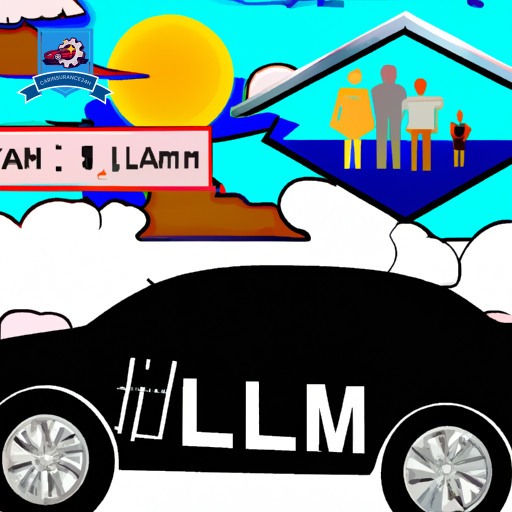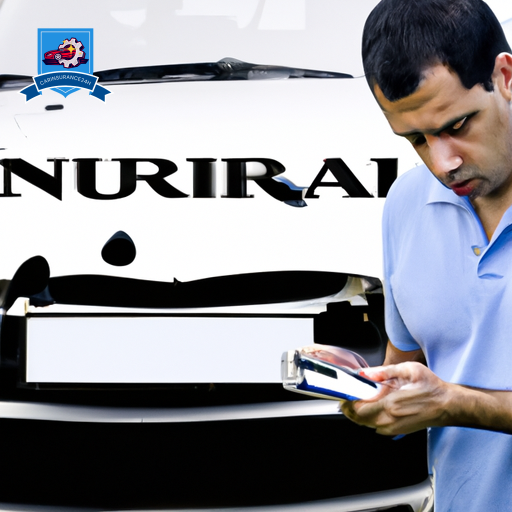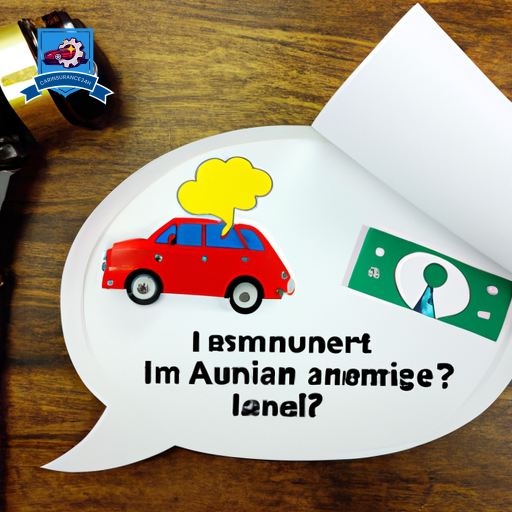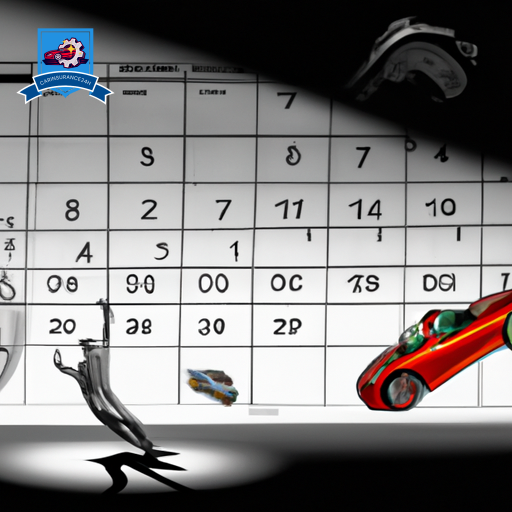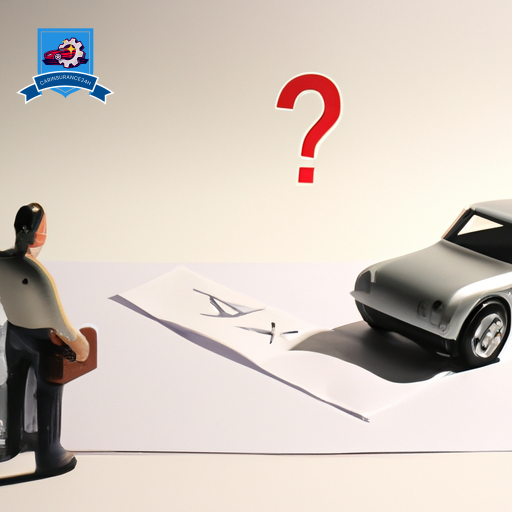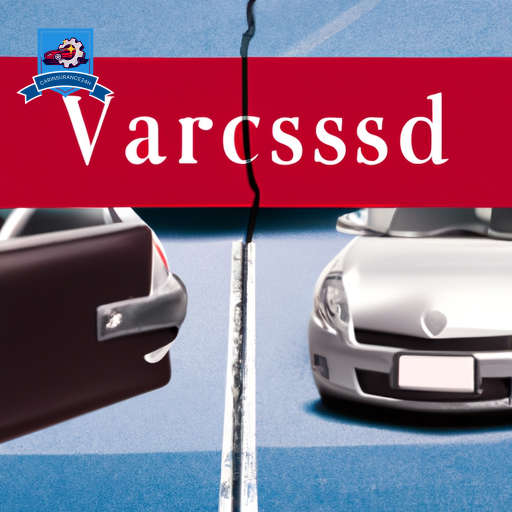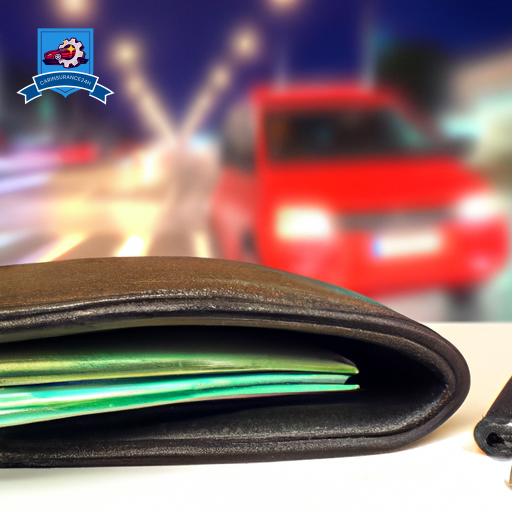Handling the aftermath of an accident with an underinsured driver can be a complex and challenging process. It raises critical questions about the sufficiency of your coverage and the legal pathways available to secure compensation for damages and injuries that exceed the other party’s policy limits.
Understanding the intricacies of underinsured motorist coverage, immediate steps to safeguard your interests, and the strategic considerations for filing a claim are essential for anyone finding themselves in such unfortunate circumstances.
This discussion aims to unpack these elements, providing a clearer roadmap for those facing the potentially intricate and financially burdensome situation of an accident with an underinsured driver. Join us as we explore your options and the necessary actions to protect your rights and financial well-being.
Understanding Underinsured Coverage

Underinsured motorist coverage is an essential component of auto insurance, providing financial protection when the at-fault driver’s insurance is insufficient to cover the damages incurred. This coverage is particularly critical in accidents where medical expenses, lost wages, and property damage exceed the liability limits of the at-fault driver’s policy. Understanding the nuances of underinsured coverage, including coverage limits and policy premiums, is vital for policyholders aiming to make informed decisions about their auto insurance needs.
Coverage limits, a fundamental aspect of underinsured motorist coverage, determine the maximum amount an insurance company will pay in the event of a claim. These limits are set at the time of purchasing the policy and can significantly influence the level of protection provided. It’s important for policyholders to assess their individual risk factors, such as their daily commute distance and the prevalence of underinsured drivers in their area, to select appropriate coverage limits. Opting for higher limits offers more comprehensive protection but also affects the policy premiums.
Policy premiums refer to the amount policyholders pay to maintain their underinsured motorist coverage. This cost is influenced by several factors, including the selected coverage limits, the policyholder’s driving record, and the insurance company’s underwriting criteria. While higher coverage limits generally result in higher premiums, the additional expense can be justified by the increased financial protection in the event of an accident with an underinsured driver. Policyholders should carefully weigh the potential out-of-pocket costs of insufficient coverage against the incremental increase in premiums to ensure they are adequately protected.
Immediate Steps to Take
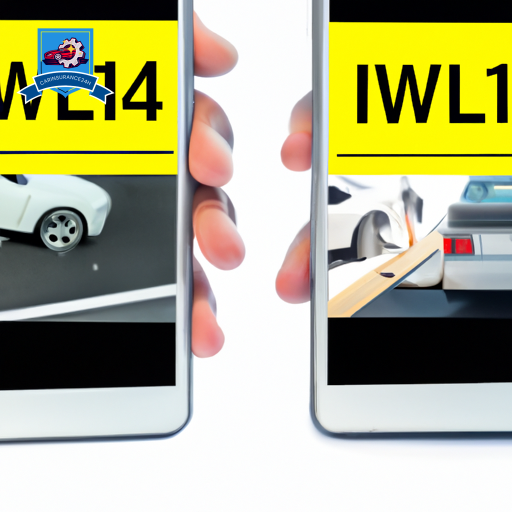
In the event of an accident involving an underinsured driver, the first important step is to guarantee the safety of all parties involved and contact emergency services if necessary. Ensuring scene safety is paramount, as additional injuries or damages can be prevented by taking appropriate precautions. After confirming the well-being of everyone and securing the scene, the focus should shift towards documenting the incident and gathering crucial information that could be instrumental in the subsequent processes.
To paint a clear picture for the audience, the following immediate steps are critical:
-
Document the Scene: Take thorough photographs of the vehicles, road conditions, traffic signs, and any visible injuries. These images serve as vital evidence that can support your claim or any legal actions that may follow. Make sure that the scene is safe before doing so to avoid any further accidents.
-
Exchange Information: Collect the contact and insurance details of the underinsured driver, as well as the contact information of any witnesses. Witness accounts can provide unbiased perspectives of the incident, which could be beneficial in proving fault or supporting your claim.
-
File a Police Report: Even in minor accidents, a police report can be a valuable document. It provides an official account of the incident, which insurance companies may require for processing claims. The report will include the officer’s observations and may note any violations of law that could affect liability.
Following these steps meticulously not only ensures scene safety but also lays a solid foundation for handling the aftermath of an accident with an underinsured driver.
Assessing Your Insurance Options
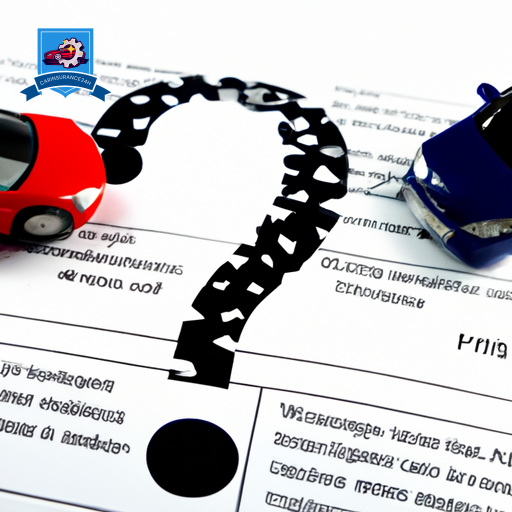
After addressing the immediate steps to take following an accident with an underinsured driver, it is essential to assess your insurance options thoroughly.
This next phase involves understanding underinsured motorist coverage, managing the claim filing process, and exploring additional coverage benefits that may be available to you.
Understanding Underinsured Motorist Coverage
While many drivers are aware of the importance of standard auto insurance, understanding the nuances of underinsured motorist coverage can greatly enhance your financial protection in the event of an accident. This specific type of coverage is designed to bridge the gap between the costs incurred from an accident and what the at-fault, underinsured driver’s policy can pay.
To navigate this coverage effectively, consider:
-
Coverage Limits: These dictate the maximum amount your policy will pay in case of an accident with an underinsured driver.
-
Policy Exclusions: Certain situations or vehicle types may not be covered under your policy.
-
State Requirements: Underinsured motorist coverage is mandatory in some states, so understanding your state’s laws is essential.
Filing a Claim Process
Understanding the intricacies of underinsured motorist coverage equips you with the knowledge to navigate the next steps efficiently: filing a claim when involved in an accident with an underinsured driver.
The claim process demands meticulous adherence to documentation requirements to substantiate your claim. This encompasses police reports, medical records, proof of income loss, and evidence of the underinsured driver’s liability. Failure to meet these documentation standards can lead to claim denial.
Common reasons for denial include discrepancies in the reported facts, insufficient evidence of the underinsured driver’s fault, or lapses in policy coverage. Ensuring thorough and accurate documentation is paramount to navigating the claims process successfully and mitigating the risk of denial.
Exploring Additional Coverage Benefits
Exploring additional coverage benefits extends your financial protection by offering layers of security beyond standard auto insurance policies. When evaluating your insurance options, it’s essential to understand how these additional benefits can safeguard your financial interests in the event of an accident with an underinsured driver.
-
Higher Policy Limits: Opting for higher policy limits guarantees that you have sufficient coverage for damages or injuries that exceed the underinsured driver’s policy limits.
-
Lower Deductible Amounts: Choosing a plan with lower deductible amounts can decrease your out-of-pocket expenses during a claim.
-
Uninsured/Underinsured Motorist Coverage: This specific coverage protects you if the other party lacks adequate insurance, covering the gap between their policy limits and the actual cost of damages or injuries.
Each of these options enhances your financial security and peace of mind on the road.
Filing a Claim Against the Driver

Upon encountering an accident with an underinsured driver, understanding your underinsured motorist coverage is the first critical step.
Initiating your insurance claim speedily guarantees that your case is evaluated without delay, leveraging the coverage you possess.
Additionally, exploring legal options becomes paramount, providing a pathway to securing the compensation you are entitled to in the absence of adequate coverage from the at-fault party.
Understanding Underinsured Coverage
How does one navigate the process of filing a claim against an underinsured driver to guarantee adequate compensation for damages and injuries sustained? Understanding underinsured coverage is important in this situation. It specifically pertains to situations where the at-fault driver’s insurance cannot cover the total cost of the damages and injuries caused.
-
Evaluate Your Policy: Check your own insurance policy for underinsured motorist coverage, which can fill the gap left by the at-fault driver’s insufficient coverage limits.
-
Understand Coverage Limits: Recognize the maximum amount your policy will pay under underinsured motorist coverage, which is essential for calculating potential out-of-pocket expenses.
-
Consider Policy Premiums: Be aware that opting for higher coverage limits can lead to increased policy premiums, but it provides more substantial financial protection in the event of an accident with an underinsured driver.
Initiating Your Insurance Claim
After understanding underinsured coverage and evaluating your policy, the next step is to initiate a claim against the underinsured driver to seek compensation for damages and injuries. This process involves meticulous claim documentation to make sure that all details of the incident and resultant damages are accurately captured. It’s essential to gather detailed evidence and submit it within your insurer’s stipulated timeframe.
| Step | Description |
|---|---|
| 1 | Notify your insurer immediately after the accident. |
| 2 | Collect detailed claim documentation, including photos and police reports. |
| 3 | Submit the claim form along with all necessary documentation. |
| 4 | Follow up regularly on your claim status. |
| 5 | Review policy renewal terms for future coverage adjustments. |
This structured approach ensures a thorough claim process, potentially influencing policy renewal considerations.
Legal Options Explored
Exploring legal options, victims of accidents involving underinsured drivers may consider filing a claim against the responsible party to seek adequate compensation for their losses. This process typically involves several steps:
-
Initiation of a Legal Claim: This step entails formally filing a lawsuit against the underinsured driver, marking the beginning of legal proceedings.
-
Court Procedures: The legal process may involve pre-trial motions, discovery phases where evidence is exchanged, and, if necessary, a trial. Throughout this period, both parties will have the opportunity to present their case.
-
Settlement Negotiation: Often, cases are resolved through settlement negotiations before reaching trial. This step involves discussions between the parties to agree on a compensation amount, potentially avoiding the unpredictability of a trial verdict.
Understanding these steps can guide victims through the complexities of seeking justice after an accident with an underinsured driver.
Seeking Compensation Through UM/UIM
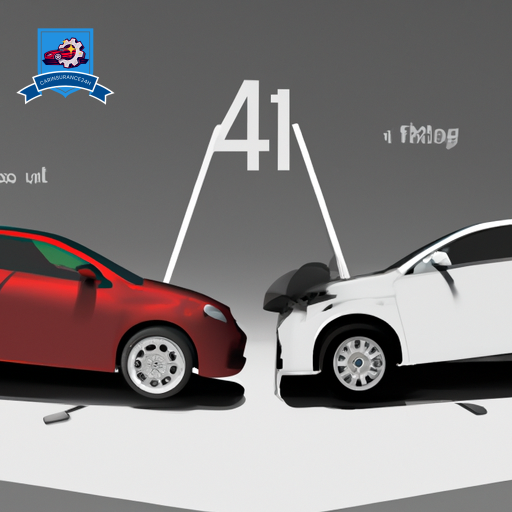
Victims of accidents involving underinsured drivers may seek compensation by filing a claim through their own Uninsured/Underinsured Motorist (UM/UIM) coverage. This coverage is an essential facet of an individual’s auto insurance policy, providing protection when the at-fault driver lacks sufficient insurance to cover the damages. To initiate this process, the victim must first understand the specifics of their UM/UIM policy, particularly the policy limits, which define the maximum amount the insurance company will pay.
Negotiation tactics play a pivotal role in this phase. The claimant should prepare a detailed documentation of the accident, including medical expenses, repair bills, and any other losses incurred. This evidence will be instrumental in substantiating the claim’s value. It’s also advisable for claimants to familiarize themselves with negotiation strategies, as insurance companies may initially offer settlements that fall short of the claim’s actual worth. Understanding how to counter these offers effectively can greatly influence the compensation received.
Additionally, it’s critical to note that the UM/UIM claim process involves a series of steps, including the submission of the claim, an investigation by the insurance company, and potentially, a negotiation phase. Throughout this process, maintaining clear, concise communication with the insurer is key. Providing all necessary documentation promptly and responding to inquiries can help in expediting the claim.
Legal Considerations and Actions
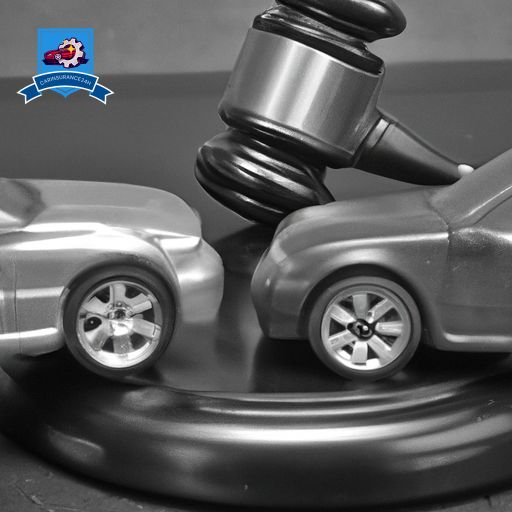
Having navigated the complexities of filing a claim through UM/UIM coverage, it becomes imperative to address the legal considerations and actions that may further aid in securing rightful compensation for damages incurred by an underinsured driver’s actions. When the coverage is insufficient to cover the damages, victims may have to explore additional legal avenues to pursue full compensation. This exploration involves a keen understanding of legal frameworks, potential court proceedings, and effective negotiation strategies.
-
Understanding Legal Frameworks: Familiarizing oneself with the state-specific laws regarding underinsured motorists is essential. Laws vary greatly from state to state, influencing the course of legal action. Knowledge of these laws helps in setting realistic expectations and preparing a robust case.
-
Engaging in Court Proceedings: When negotiations with the underinsured driver or their insurance company fail to yield satisfactory results, initiating court proceedings may become necessary. This step involves filing a lawsuit against the underinsured driver, seeking a judgment that compensates for the damages beyond what their insurance covers. Litigation can be complex and requires meticulous preparation, including gathering of evidence, witness testimonies, and expert opinions.
-
Employing Negotiation Strategies: Before and even during court proceedings, negotiation plays a critical role. Effective negotiation strategies can lead to settlements that avoid the need for a lengthy court process. It’s essential to approach negotiations with a clear understanding of one’s legal rights and the extent of damages, leveraging this knowledge to achieve a favorable outcome.
Protecting Yourself in the Future

After experiencing an accident with an underinsured driver, it is important to adopt measures that safeguard your interests in any future incidents. Effective risk management strategies and the establishment of an emergency fund are essential steps in protecting yourself against the financial implications of such accidents.
Risk management involves analyzing your current insurance policy to make sure it includes underinsured motorist coverage. This specific coverage is a proactive measure that compensates for the shortfall in the at-fault driver’s policy, making certain that your medical bills, repair costs, and other associated expenses are adequately covered. Additionally, consider the benefits of all-inclusive and collision coverage, which provide further financial protection regardless of the at-fault party’s insurance status.
Creating an emergency fund is another critical component of safeguarding against the unexpected. This fund acts as a financial buffer, offering immediate access to funds in the aftermath of an accident. It can cover deductibles, rental cars, and other unforeseen expenses, reducing the need to rely solely on insurance settlements which may be insufficient or delayed.
Here is a table summarizing key protective measures:
| Protection Strategy | Description | Benefit |
|---|---|---|
| Underinsured Coverage | Insurance that covers the difference if the at-fault driver is underinsured | Ensures financial compensation |
| Emergency Fund | Savings set aside for unexpected expenses | Provides immediate financial support |
| All-inclusive Coverage | Insurance for non-collision related vehicle damage | Covers a wide range of incidents |
Frequently Asked Questions
How Does the Process of Recovering Damages Differ if the Underinsured Driver Is From Another State Where Insurance Minimums Are Lower?
When recovering damages from an underinsured driver from a state with lower insurance minimums, the process may be influenced by state reciprocity and differing insurance regulations, potentially complicating the settlement and claims process.
Can Health Insurance Coverage Play a Role in Covering Medical Expenses if I’m Involved in an Accident With an Underinsured Driver?
Health insurance coverage can indeed play an important role in covering medical expenses following an accident, particularly when the at-fault driver is underinsured. Policyholders should review their health policy’s coverage limits for thorough understanding.
In What Situations Can Punitive Damages Be Sought Against an Underinsured Driver, and How Are They Determined?
Punitive damages against an underinsured driver can be sought when egregious conduct is proven. The determination process involves appraising the driver’s actions against established legal criteria, focusing on recklessness or intentional harm.
How Does an Accident With an Underinsured Driver Affect My Insurance Premiums, Even if I Am Not at Fault?
An accident with an underinsured driver may lead to an adjustment in your insurance premiums, contingent upon fault determination and premium calculation policies. This adjustment reflects the insurer’s reassessment of risk post-incident.
Are There Any Tax Implications for the Compensation Received From an Underinsured Driver’s Insurance or Through My Own Um/Uim Policy?
Compensation received from an underinsured driver’s insurance or through one’s UM/UIM policy may have tax implications depending on the compensation classification. It is important to understand how these funds are categorized for potential tax deductions.

